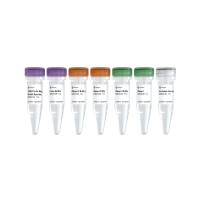XML for Data Representation and Model Specification in Neuroscience
互联网
772
EXtensible Markup Language (XML) technology provides an ideal representation for the complex structure of models and neuroscience data, as it is an open file format and provides a language-independent method for storing arbitrarily complex structured information. XML is composed of text and tags that explicitly describe the structure and semantics of the content of the document. In this chapter, we describe some of the common uses of XML in neuroscience, with case studies in representing neuroscience data and defining model descriptions based on examples from NeuroML. The specific methods that we discuss include (1) reading and writing XML from applications, (2) exporting XML from databases, (3) using XML standards to represent neuronal morphology data, (4) using XML to represent experimental metadata, and (5) creating new XML specifications for models.







